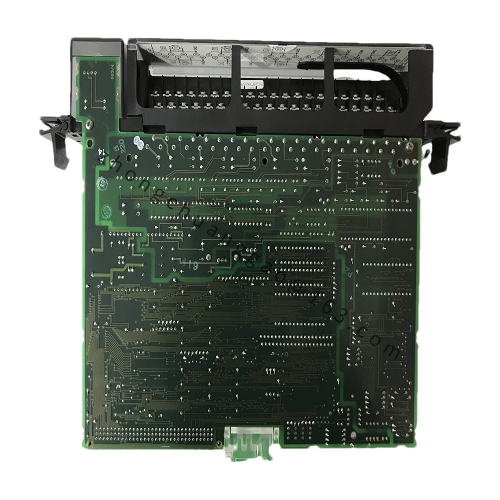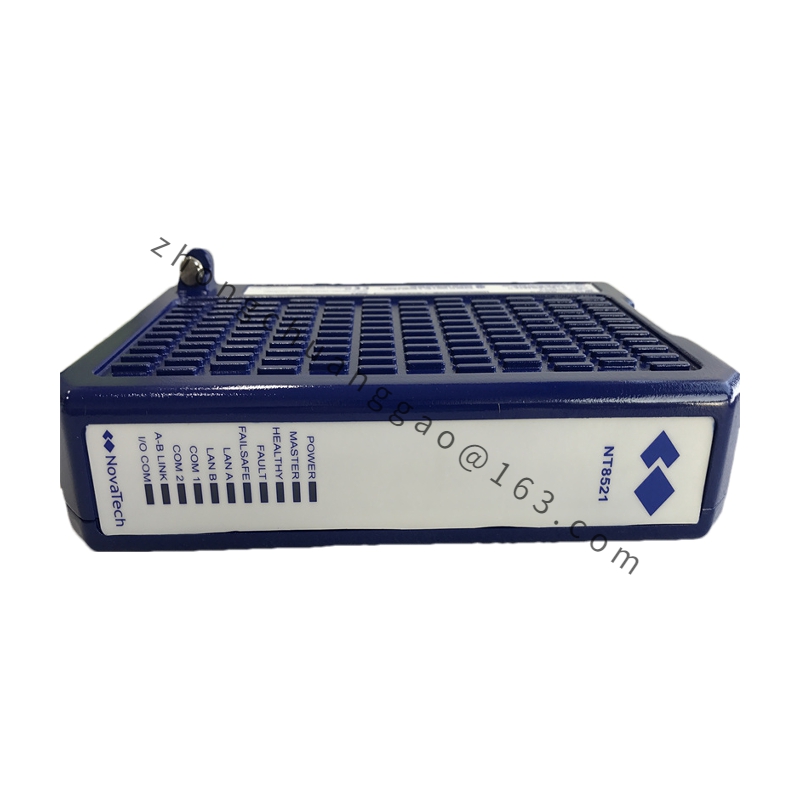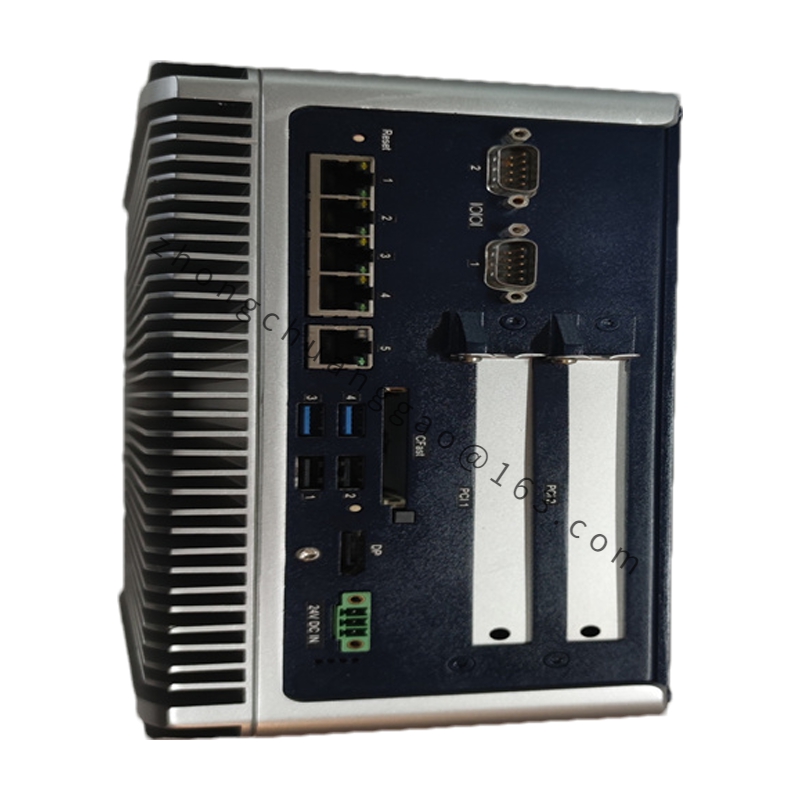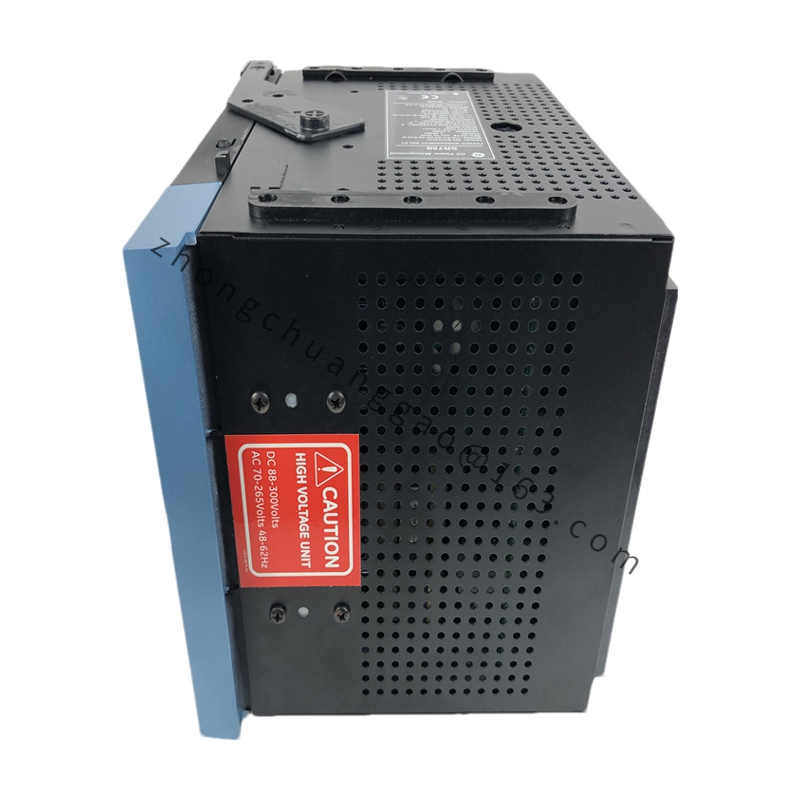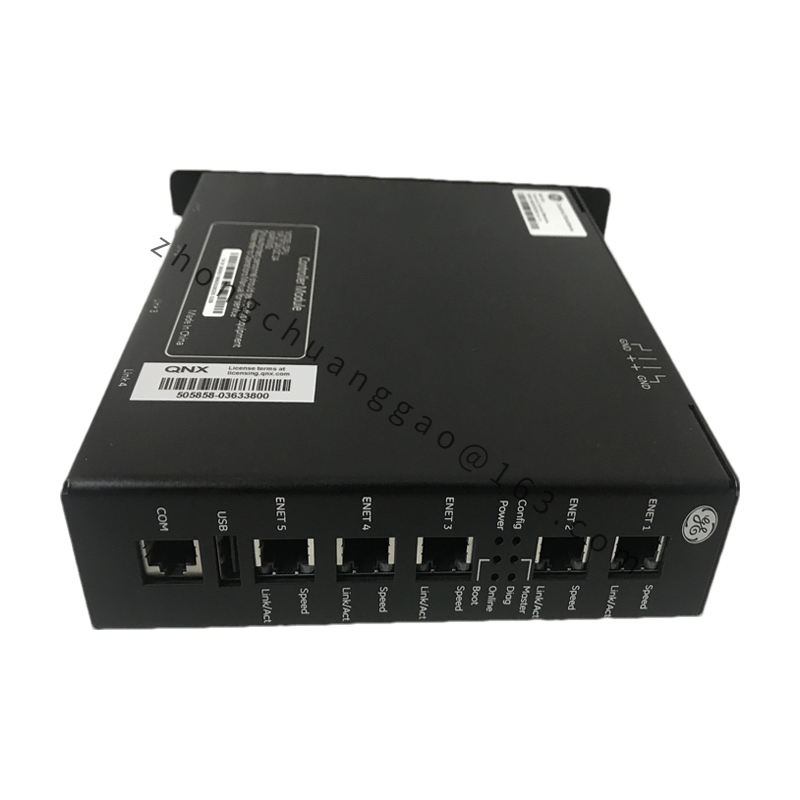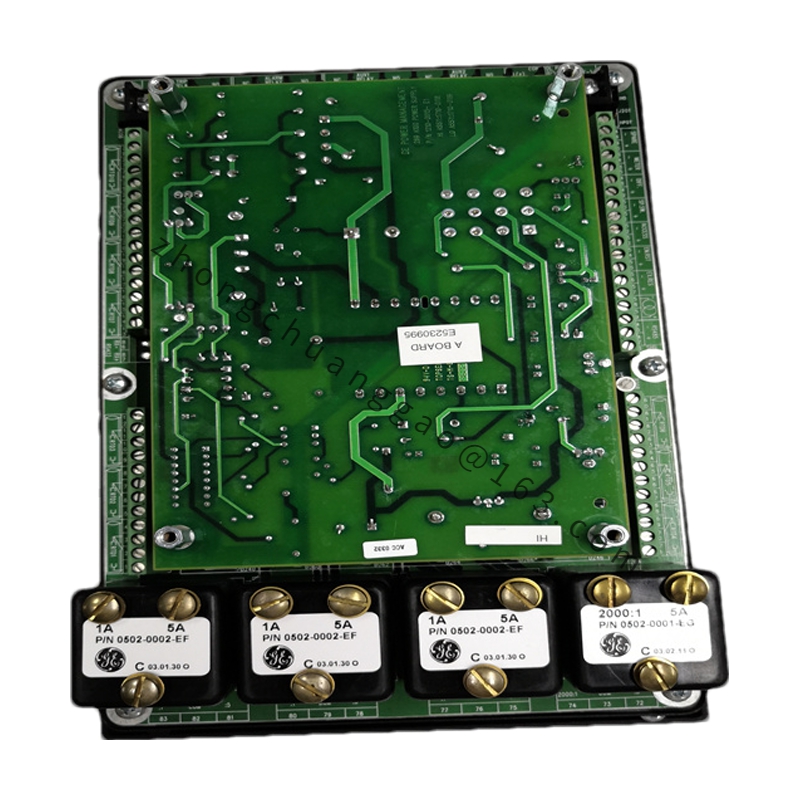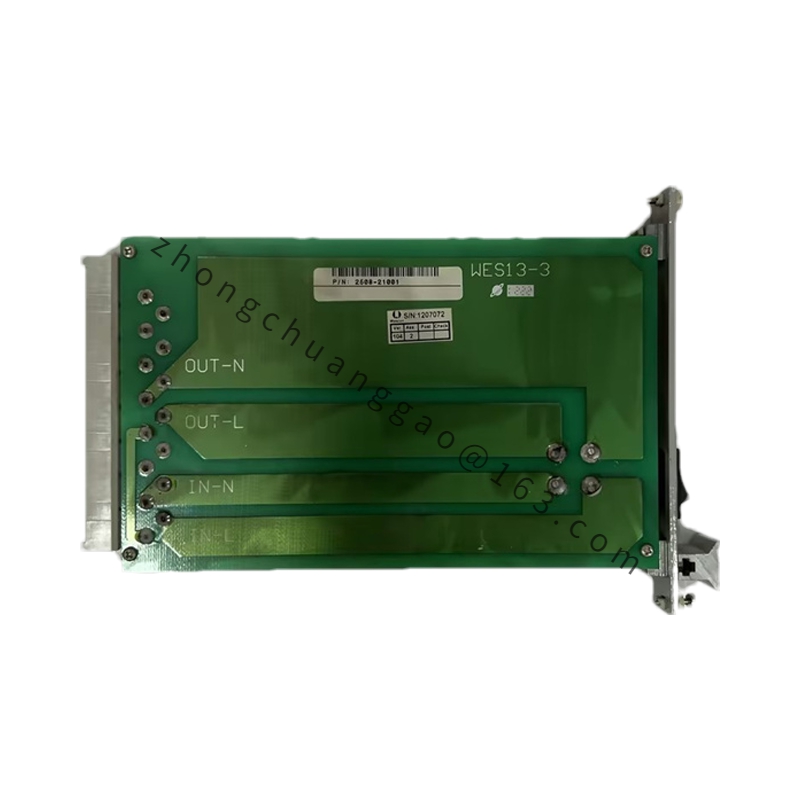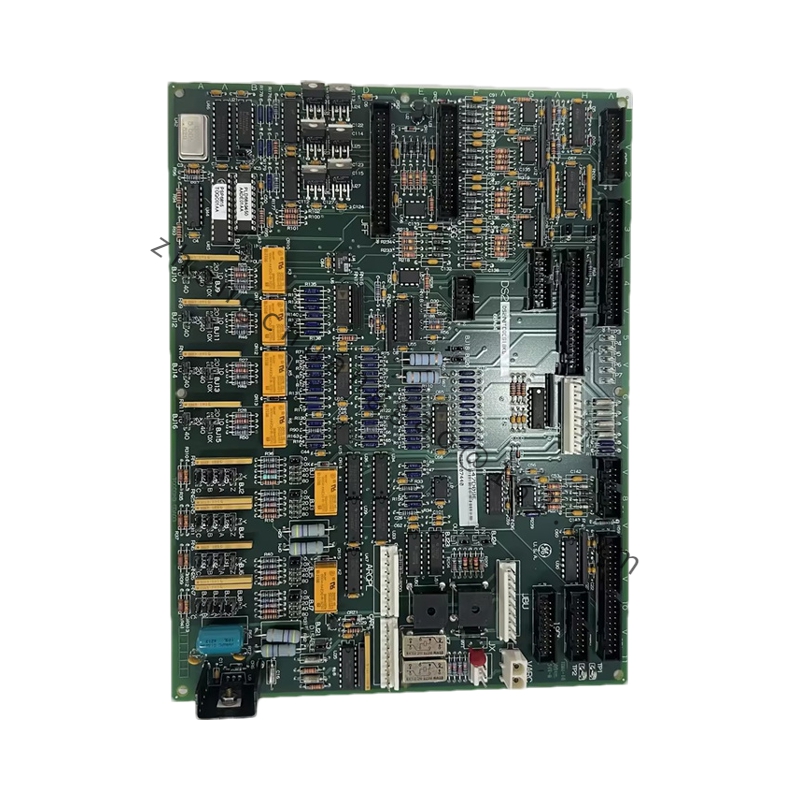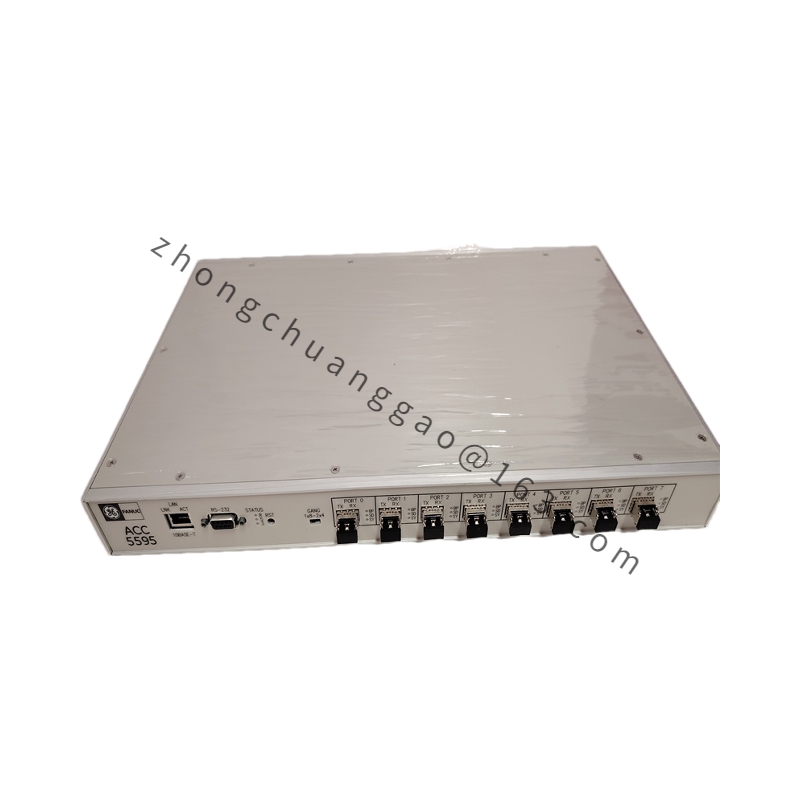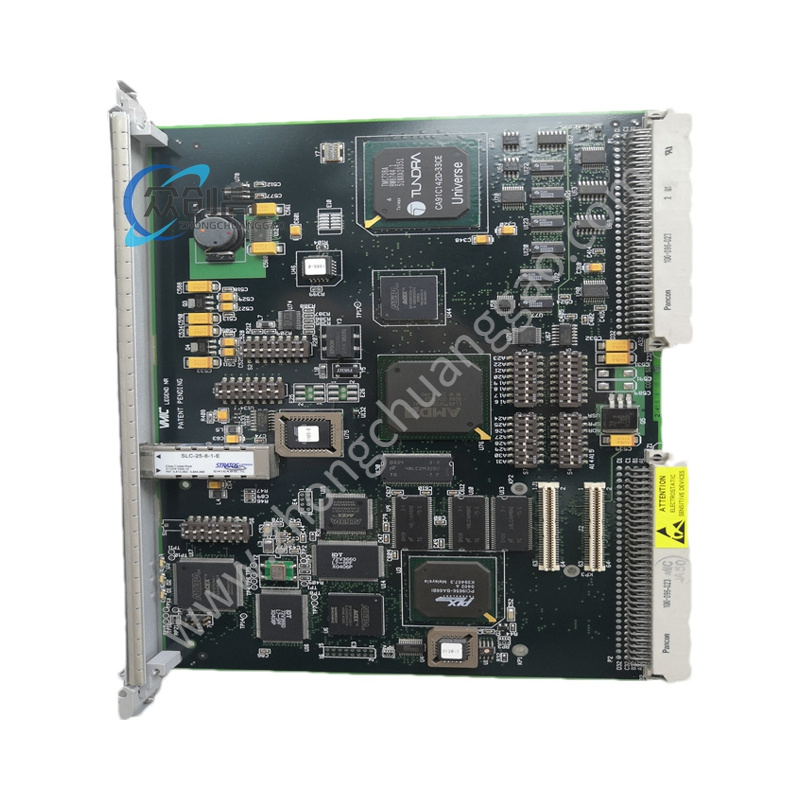GE IC697ALG230
Technical Specifications
Model: IC697ALG230
Channels: 8 analog input channels
Input Types: Voltage, current, and thermal resistance signals
Memory Allocation in GEPAC: Occupies 16 memory addresses (e.g., AI1—AI16), with each channel potentially allocated two addresses depending on data type
Detailed content
Data Types:
16-bit integer
32-bit floating point
Integer data type occupies one memory address per channel
Floating-point data type occupies two memory addresses per channel
Input Impedance: (Approximate, as exact values may vary) 9.7kΩ
Communication Method: Ethernet-based communication (assumed based on similar GE modules)
Supported Systems: Likely compatible with GE’s PLC and automation systems
Functional Characteristics
Analog Input: Capable of accepting various analog signals, including voltage, current, and thermal resistance, enabling flexible integration with various sensors and devices.
Scaling and Conversion: Integrated analog scaling and conversion functionality allows for the transformation of acquired analog signals into corresponding numerical values, facilitating data processing and analysis.
Multi-channel Capability: Provides eight individual input channels, allowing for simultaneous monitoring of multiple parameters or sensors.
High Precision: Designed to ensure accurate and reliable acquisition of analog signals, critical for precision control and monitoring applications.
Application Scenarios
Industrial Automation: Widely used in industrial automation systems for monitoring and controlling various process parameters, such as temperature, pressure, flow rate, and more.
Process Control: Suitable for process control applications where real-time monitoring and accurate control of process variables are essential.
Machinery Monitoring: Can be employed in machinery monitoring systems to track operational parameters and detect potential issues or faults.
Environmental Monitoring: Suitable for environmental monitoring applications, such as monitoring temperature, humidity, and other environmental factors.

